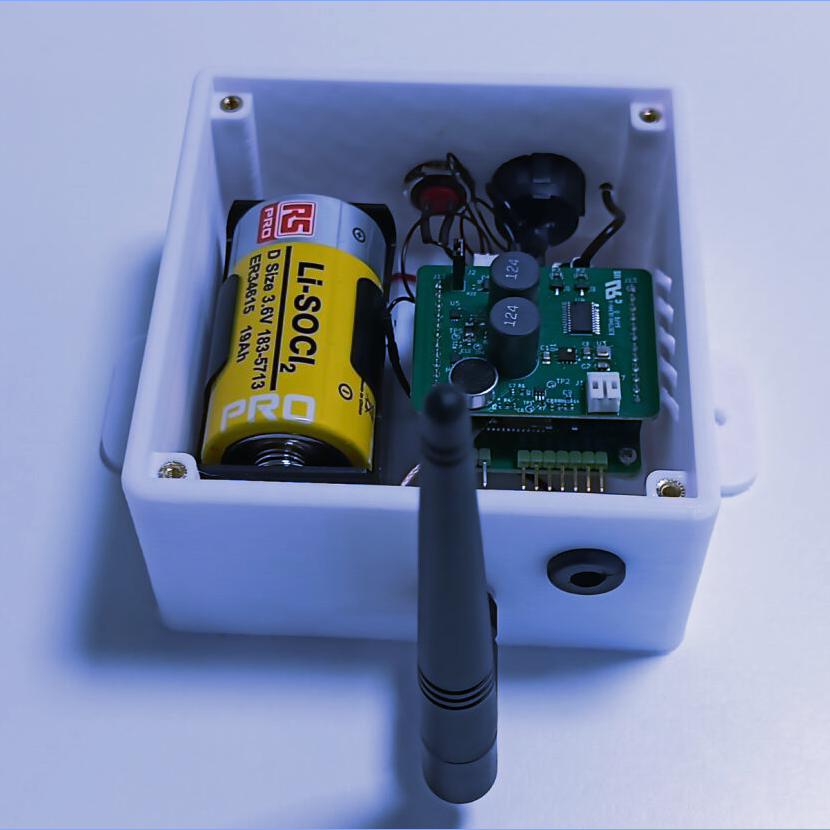6 Fundamental Steps for Embedded Systems Design
For a successful embedded system product, a well-defined design cycle is critical. Breaking the design cycle into manageable stages allows for proper planning, execution, and collaboration.

Analysis of Requirements
The first stage involves gathering and analyzing product requirements to develop specifications. It’s important to thoroughly list and clarify every requirement with the manager or client, as considerations such as usage and operating conditions play a significant role in determining the appropriate specifications.
Schematic
Once specifications are established, the hardware designer can move on to building the schematic and selecting the appropriate microcontroller and components for the circuit. Careful consideration of factors such as processing speed, memory, peripherals, power consumption, and cost is essential in making informed decisions.

PCB
Designing the PCB for the embedded system is the next step, which requires the application of best practices for functionality, manufacturability, and reliability. This can be particularly challenging when working on high-speed microcontrollers and mixed-signal circuits, as issues such as EMI and noise-coupling mitigation measures must be taken into account
Creating a Prototype
Once the PCB layout has been successfully tested and verified, it’s time to move on to creating a prototype. (In case you decide to use one of our modules, Move-X also offers low-volume prototyping options!)
Firmware Development
When designing embedded systems, firmware is just as important as hardware. Firmware developers play a crucial role in bringing the hardware to life by writing the code that makes everything work. To speed up the process, at Move-X we provide examples for the most common use cases. The examples are a ready to use starting point compatible with STM32CubeIDE and STM32CubeMX code generator for easy customization. Check our GitHub page for more information.
Testing and Acceptance
Before an embedded system is approved for manufacturing or deployment, it must undergo rigorous testing. In addition to functional testing, the circuit must also be tested for reliability, particularly when operating near its limits. Passing these tests is essential for ensuring that the embedded system is suitable for its intended use.
Are you considering LoRa radio modules for your Embedded Systems Design?
Talk to our team of experts using the form below!
They will be able to answer all your questions
and support you throughout your project.
Do you need any help?
Would you like advice about your IoT project? Talk to our experts.
Working hours
Monday to Friday:
9:30 am to 18:30 pm (CET)
Contact Phone
+39 3426486115
Email
info@move-x.it










